- +91-11-4044-5999
- info@cdri.world
-
Copernicus Marg, New Delhi, INDIA
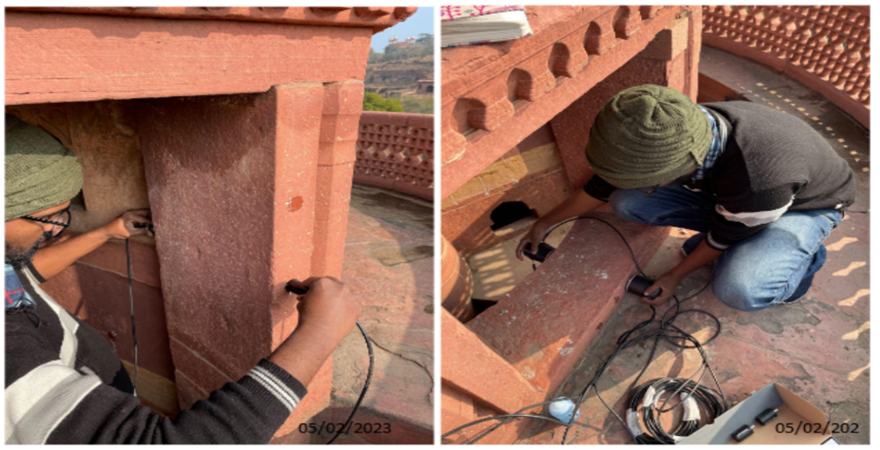
Machine Learning-Based Unified Seismic Vulnerability Prediction Model for Heritage Minarets of India
Dr.Vinay Shimpi, Dr.Madappa VR Sivasubramanian, Dr.Nidhi M
National Institute of Technology Puducherry, India
Dr.Shamsher Bahadur Singh
Birla Institute of Technology and Science, Pilani, India
Dr.Nikolaos Nikitas
University of Leeds, United Kingdom
Abstract: Preservation of architectural heritage plays a critical role in safeguarding historical structures, particularly in countries like India. Masonry minarets in India, such as the Qutub Minar, Hiran Minar and Char Minar, have been designated as UNESCO World Heritage sites. However, these iconic minarets have experienced significant deterioration due to past earthquakes and other natural calamities. The structural stability of minaret structures depends on various factors, including their construction methods, structural information and the seismicity of the region. The uneven shape and mass distribution of these structures along their heights increase their susceptibility to damage from earthquakes. Despite their historical importance, many monumental structures, including minarets, were constructed without considering horizontal actions such as those induced by earthquakes. While heritage structures are vital for attracting tourists and contributing to the economy, their preservation necessitates strict controls and maintenance efforts to ensure their safety and conservation.
This study introduces a novel machine learning-based approach for predicting the seismic vulnerability of heritage minarets in India. The methodology employs vibration-based structural condition assessment to identify dynamic properties such as natural frequencies and curvature mode shapes. A three-dimensional numerical model of the minarets is developed using finite element analysis software, incorporating nonlinear material and geometric behaviour. To ensure the accuracy of the proposed modelling techniques, the dynamic characteristics of real minaret structures are compared with their corresponding numerical models. Material and boundary stiffness parameters are adjusted to match numerical dynamic parameters with experimental response. Nonlinear dynamic analysis is performed using various ground motions with Peak Ground Acceleration ranging from 0.10g to 0.30g. A vulnerability assessment method is established to identify the vulnerability of the structure, and these results are used as input data for the development of a prediction model using a random forest algorithm. The data collected from several nonlinear dynamic analyses is split into two subsets: a training set for building the prediction model and a test set for assessing its performance.
The results show that the random forest model is effective in evaluating the seismic vulnerability of masonry minarets and can be relied upon for future predictions. The developed methodology and prediction model can be applied to evaluate the seismic safety of existing minarets and inform decisions on retrofitting or preservation measures. This approach has the potential to contribute to the preservation of cultural heritage in India by providing a tool for assessing and mitigating seismic risks to historical structures, with potential applications for other structures.
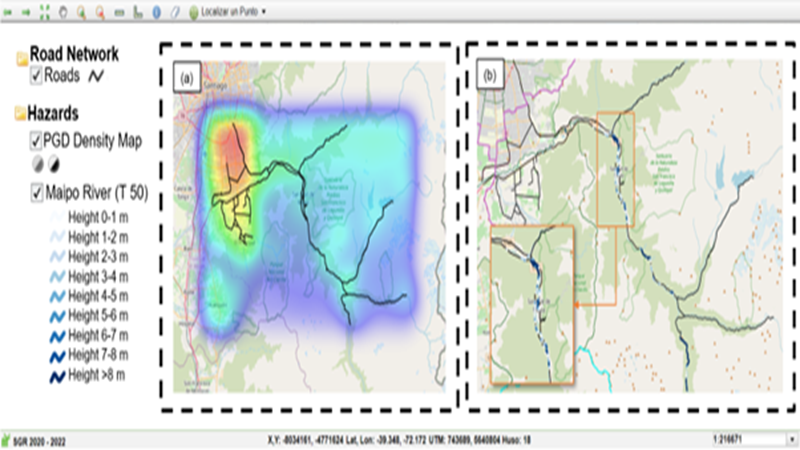
 in floating community space (fls) in the peruvian amazon.jpg)
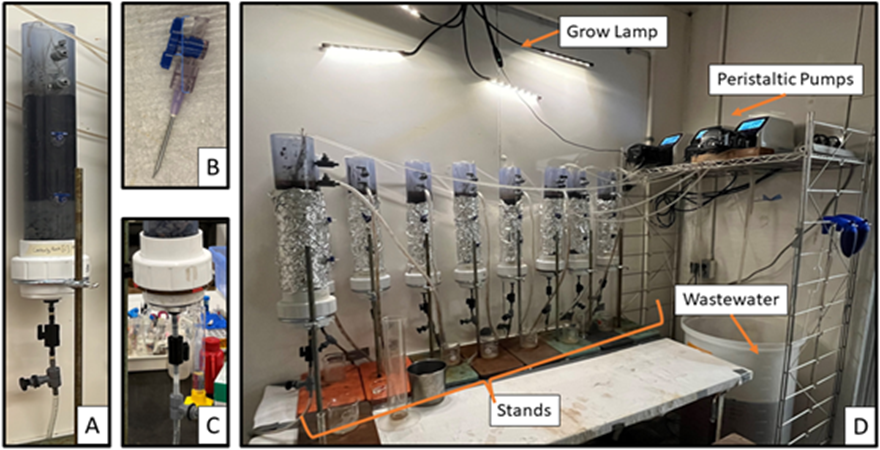

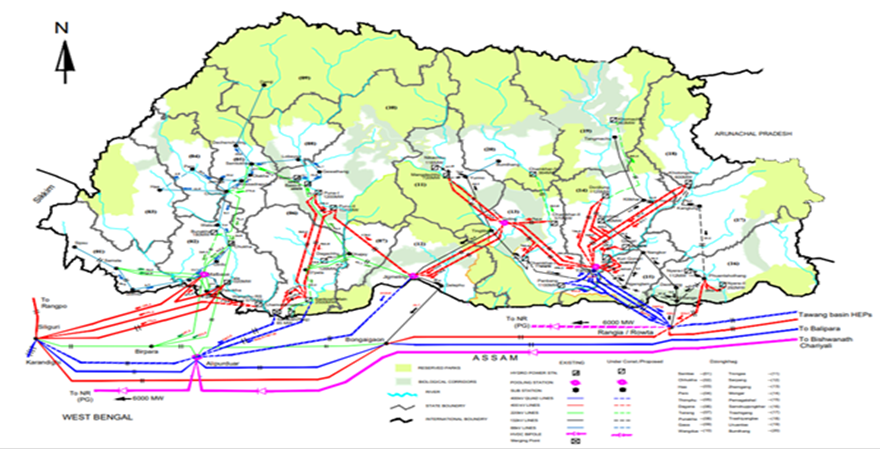

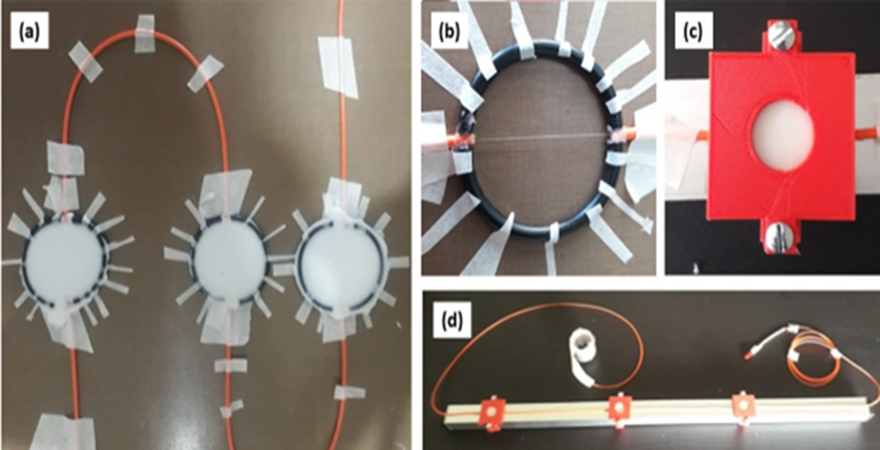
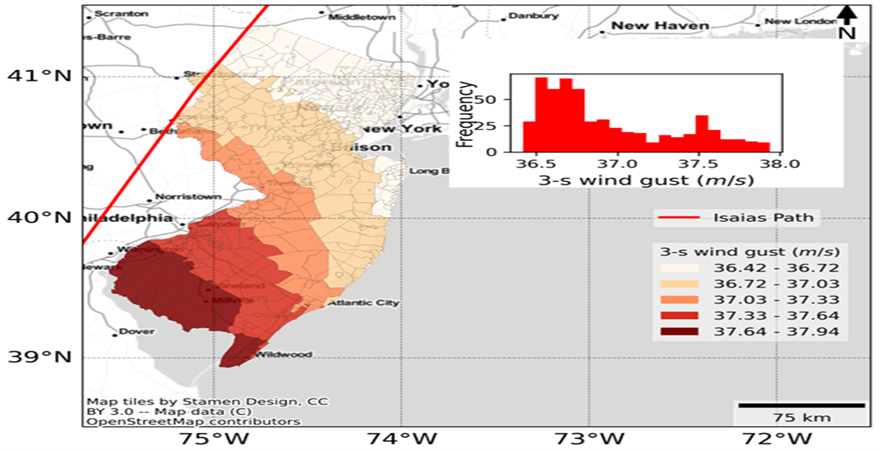
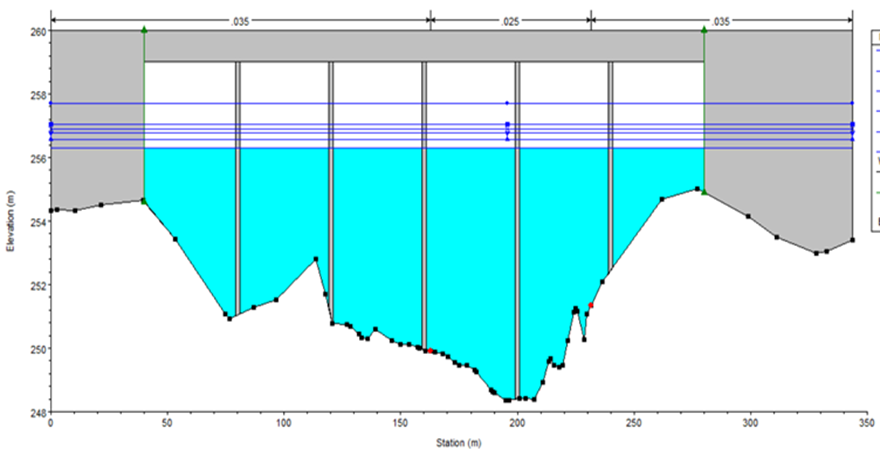
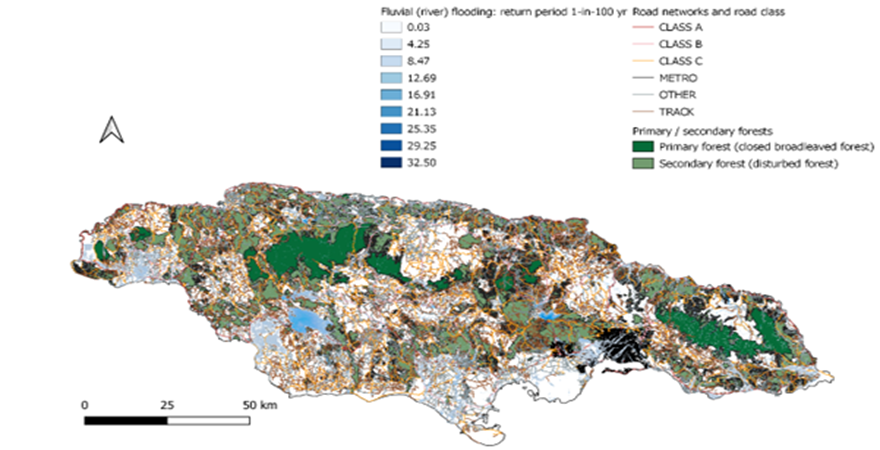
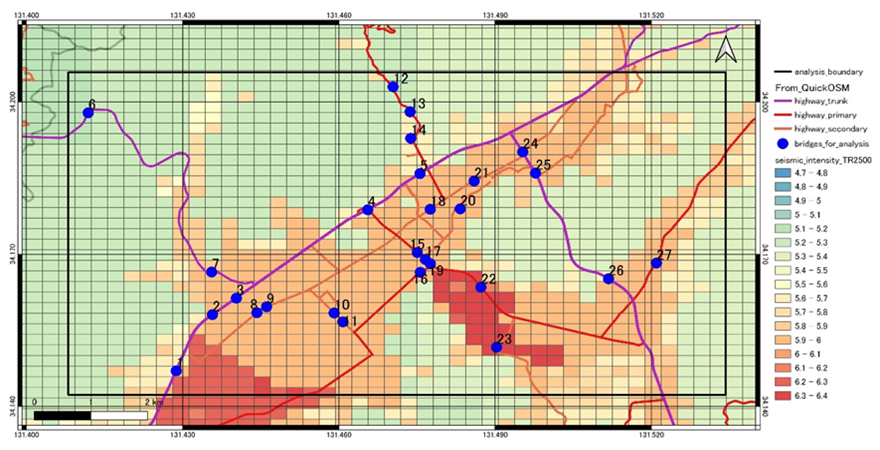

 for infrastructures based on disaster.png)